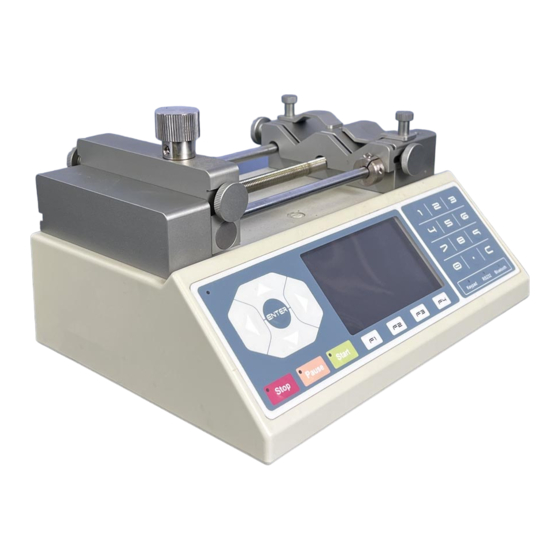Table of Contents
Advertisement
ChEmyx
Fusion Series User Manual
Chemyx Inc.
10905 Cash Road
Stafford, TX 77477 USA
www.chemyx.com
Intellectual Property
which is otherwise the property of Chemyx Inc. or its suppliers relating to the Chemyx
syringe pumps, including but not limited to, accessories, parts or software relating thereto
(Chemyx Syringe pumps), are proprietary to federal and state laws, and international treaty
provisions. Intellectual Property includes but is not limited to, inventions (patentable or
unpatentable), patents, trade secrets, copyrights, software, firmware, computer programs,
and related documentation and other works of authorship. Moreover, you agree that you
will not, and will not attempt to, modify, prepare derivative works of, reverse engineer,
disassemble the Chemyx syringe pumps, decompile or otherwise attempt to create source
code from the related software/firmware. No title to or ownership in Intellectual Property is
transferred to you. All applicable rights of the Intellectual Property shall remain with
Chemyx and its suppliers.
All Intellectual Properties, as defined below, owned by or
1
Advertisement
Table of Contents




Need help?
Do you have a question about the Fusion 100 and is the answer not in the manual?
Questions and answers